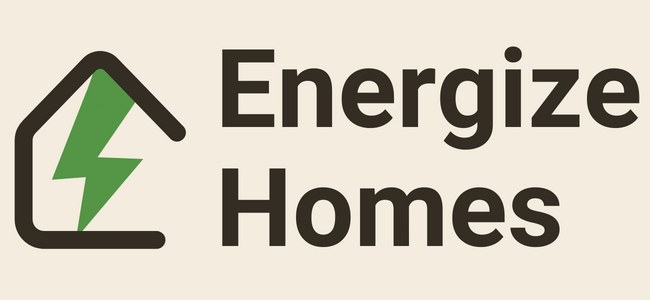How Elevation or Altitude Affects The Performance of a Heat Pump
The relationship between heat pump performance and elevation is a nuanced one, impacted by factors like refrigerant boiling points, compressor types, and air density. For homes at high elevations, considering these factors is crucial for efficient energy usage.
- Choose the right compressor: Opt for scroll compressors for higher efficiency at elevations.
- Altitude Adjustments: Always consult the manufacturer’s guidelines for altitude correction factors.
- Regular Maintenance: Due to the extra stress placed on compressors and fans, regular maintenance is crucial.
The elevation may be an overlooked factor, but in the long run, it’s a crucial one for maintaining the efficiency of your heat pump and optimizing energy consumption.
When it comes to heat pump performance, the factors that usually come to mind are temperature, humidity, and possibly, brand. But did you know that elevation or altitude can also have a significant impact on a heat pump’s efficiency and operation? Understanding this relationship is crucial for optimal installation and energy savings, especially for residences located at higher elevations.
The Physics of Heat Transfer
Firstly, let’s clarify how heat pumps work. Heat pumps operate on the principle of heat transfer using a refrigerant—a compound that absorbs and releases heat energy efficiently. The refrigerant cycles through a series of coils, transferring heat from one location to another.
However, heat transfer efficacy can be influenced by ambient air pressure, which decreases as elevation increases. A decrease in air pressure equates to a lower density of air molecules, and hence, less heat energy to transfer.
Compressor Efficiency
Vapor Compression Cycle
In a heat pump, the compressor is the heart of the system, responsible for pressurizing the refrigerant. In the vapor compression cycle, as elevation increases, the boiling point of the refrigerant decreases due to lower ambient pressure. This affects the compression ratio, and therefore the Coefficient of Performance (COP) drops.
| Elevation (ft) | Boiling Point of R-410A (°F) | COP |
|---|---|---|
| 0 | -48.5 | 3.5 |
| 5000 | -51.0 | 3.3 |
| 10000 | -53.4 | 3.0 |
Scroll vs Reciprocating Compressors
Scroll compressors are generally more efficient than reciprocating compressors at higher elevations. They operate through spiral-like movements that maintain pressure more effectively than the up-and-down piston movement in reciprocating compressors.
Defrost Cycles
Higher elevations often mean colder temperatures. Cold weather increases the frequency of defrost cycles in air-source heat pumps, reducing operational efficiency. The defrost cycle is initiated when the heat pump detects ice build-up on the outdoor coil, which could impede heat transfer.
Air Density and Fan Operation
As mentioned earlier, air density decreases with altitude. This not only affects heat transfer but also affects the fan’s ability to circulate air effectively. In an HVAC system, the Air Changes per Hour (ACH) might be impacted at higher elevations, requiring adjustments in fan speed or even upsizing the fan.
Installation and Tuning
Manufacturers often provide “altitude correction factors” in their installation guidelines, to account for efficiency losses at various elevations. For Variable Refrigerant Flow (VRF) systems, adjustments can be made to the refrigerant charge, often quantified in ounces per feet of elevation above sea level.
